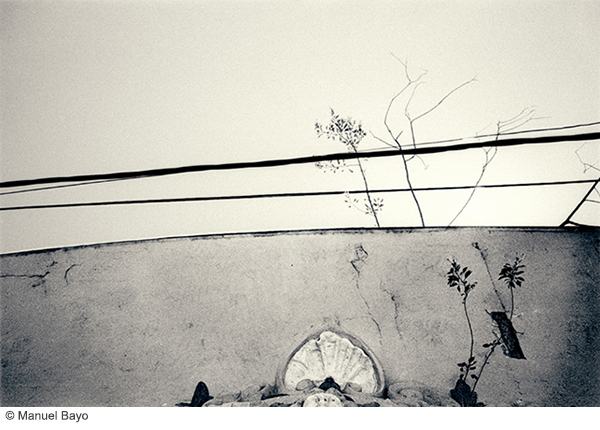Photographers in the War
© Guillermo Labarca
 Ever since photography was invented there have been photographers who have gone to war. Some of them achieving impressive images, it is enough to name a few, such as Robert Capa, Eddie Adams, Joe O'Donnell, Gerda Taro, David Seymour, Tina Modotti, Yevgeny Khaldei, James Nachtwey, Josef Koudelka among many others to verify that they have contributed to reveal the truth of that enormous human stupidity that is a war.
Ever since photography was invented there have been photographers who have gone to war. Some of them achieving impressive images, it is enough to name a few, such as Robert Capa, Eddie Adams, Joe O'Donnell, Gerda Taro, David Seymour, Tina Modotti, Yevgeny Khaldei, James Nachtwey, Josef Koudelka among many others to verify that they have contributed to reveal the truth of that enormous human stupidity that is a war.
They have shown destroyed buildings, armed soldiers, injured people, dead in the streets, blackened walls, barbed wire, fleeing émigrés, smoke and dust from explosions. That is what we see in theirs images, but we also see, intuit or guess destroyed families, broken dreams, missing securities, insurmountable sorrows, desolation, baseless hatred, cruelty and so many other miseries. Because that is actually what they want to convey through their photos.
Many of the photographers we mentioned were there because it was their job but also, and perhaps in most cases, because they had either ideological motivations or because they were convinced pacifists who thought that revealing the atrocities that happened there would contribute to achieving their ideals. Among the former (Gerda Taro, Robert Capa, Josef Koudelka, Tina Modotti, Yevgeny Khaldei etc, etc) the images they made are inseparable of their ideology, of their political and social values . Others, by means of their photographs, have buttressed the movements that combat the senseless brutality of war; the images of Eddie Adams in Vietnam, of Joe O'Donnell in Hiroshima, of David Seymour on children at war or of James Nachtwey in so many places are some of the best examples of photographers committed to denouncing this apocalyptic plague.
In one of the current wars, the one that receives the most media attention today, that is, the one in Ukraine, it is worth asking: is it possible to photograph what happens in the way as ideologically committed photographers did? Honestly, it seems very difficult to me, because an ideological definition implies taking sides, it implies identifying “the good ones” and “the bad ones”, which means adhering to one of the factions in dispute. Who are the “good guys” in this conflict? It seems that no one.
What can be identified immediately is who the victims are, who are precisely, as always, those who have not decided anything about the war and must try to escape from it or go to it deceived and deluding themselves about what the homeland is and how to serve it.
t remains for the photographers, then, only the option of revealing the truth of this horror, as a few have already done before. This would be their best contribution to building a slightly less fragile peace.
 Ever since photography was invented there have been photographers who have gone to war. Some of them achieving impressive images, it is enough to name a few, such as Robert Capa, Eddie Adams, Joe O'Donnell, Gerda Taro, David Seymour, Tina Modotti, Yevgeny Khaldei, James Nachtwey, Josef Koudelka among many others to verify that they have contributed to reveal the truth of that enormous human stupidity that is a war.
Ever since photography was invented there have been photographers who have gone to war. Some of them achieving impressive images, it is enough to name a few, such as Robert Capa, Eddie Adams, Joe O'Donnell, Gerda Taro, David Seymour, Tina Modotti, Yevgeny Khaldei, James Nachtwey, Josef Koudelka among many others to verify that they have contributed to reveal the truth of that enormous human stupidity that is a war.
